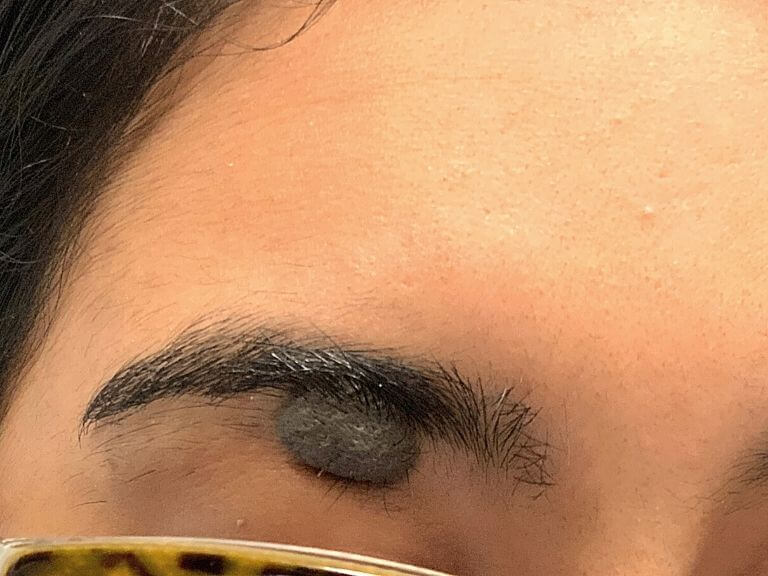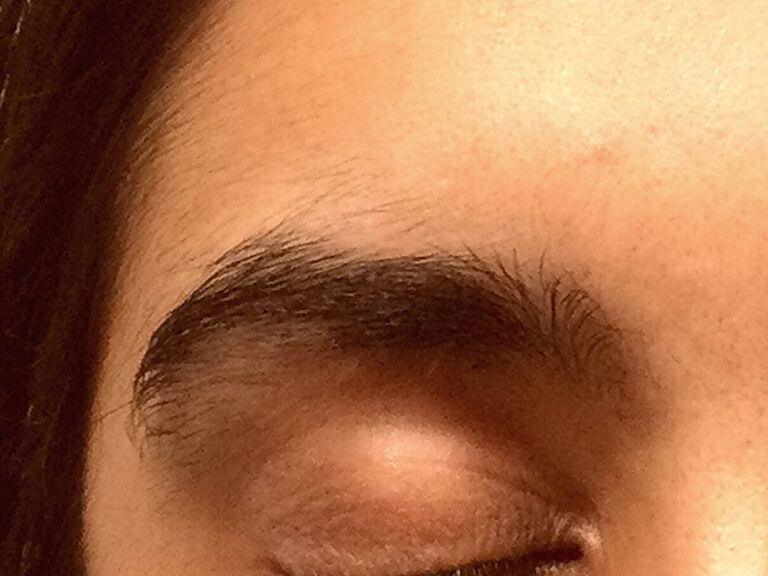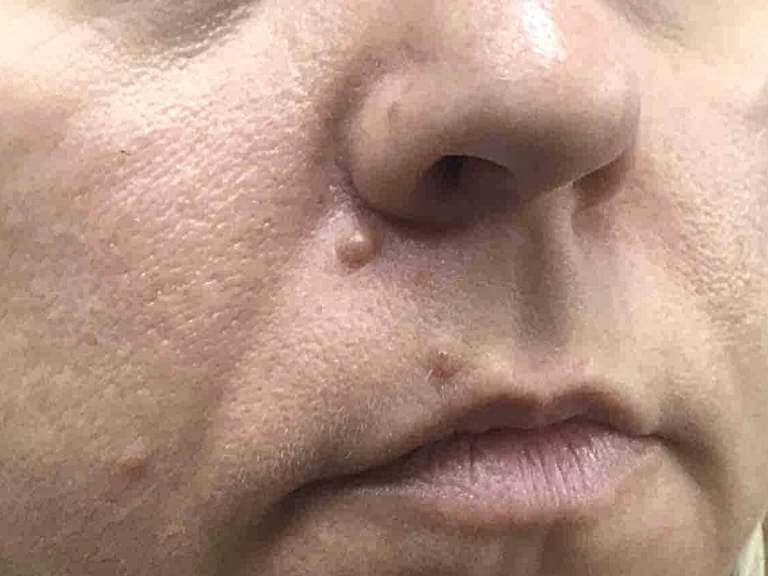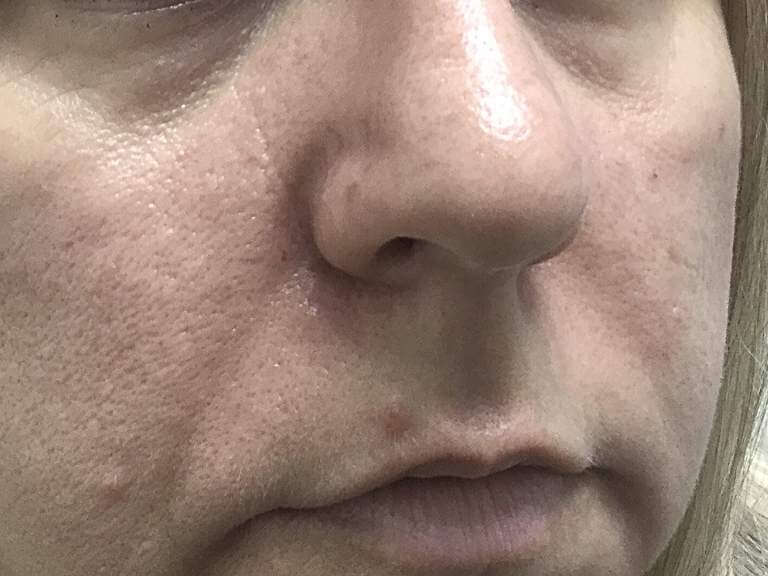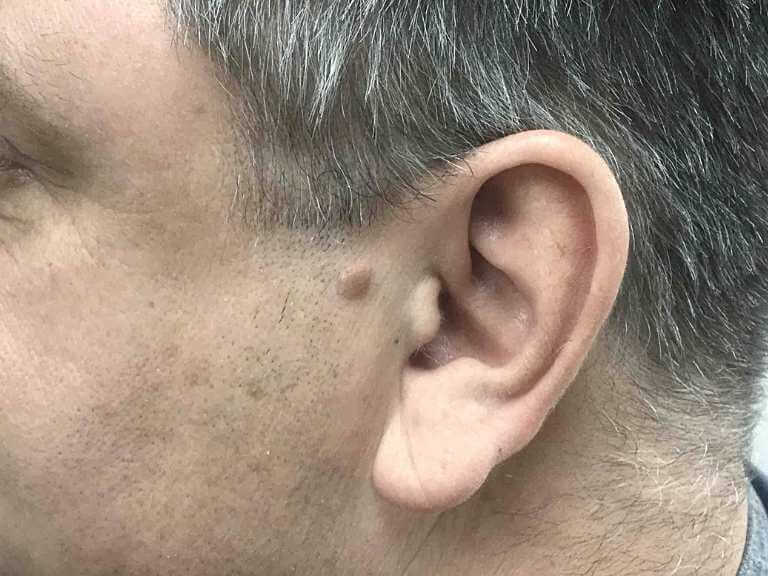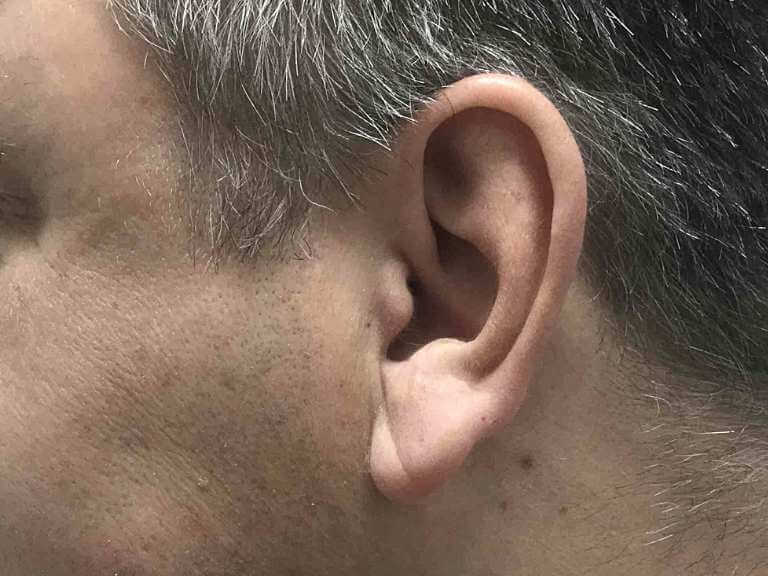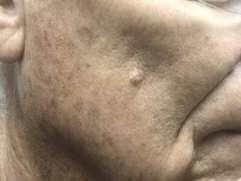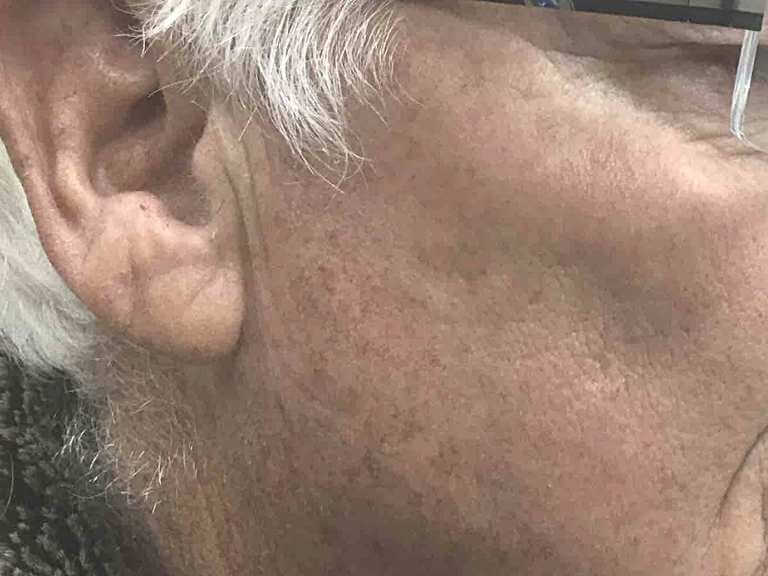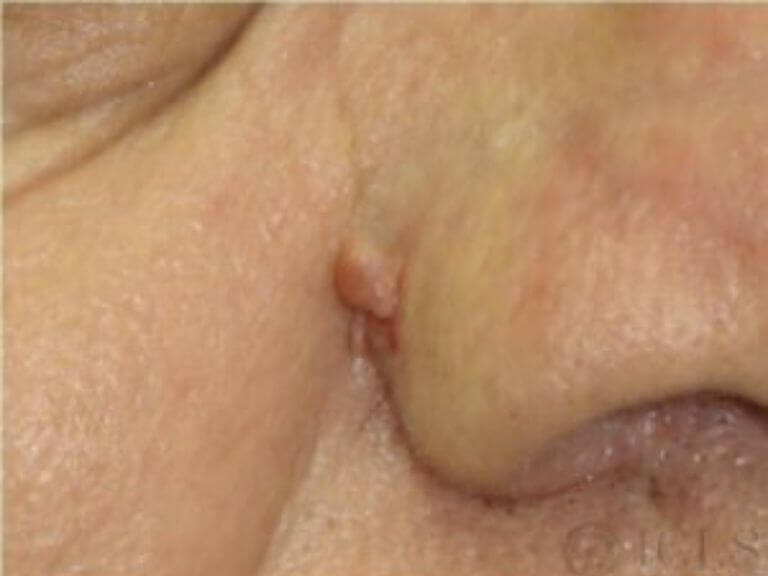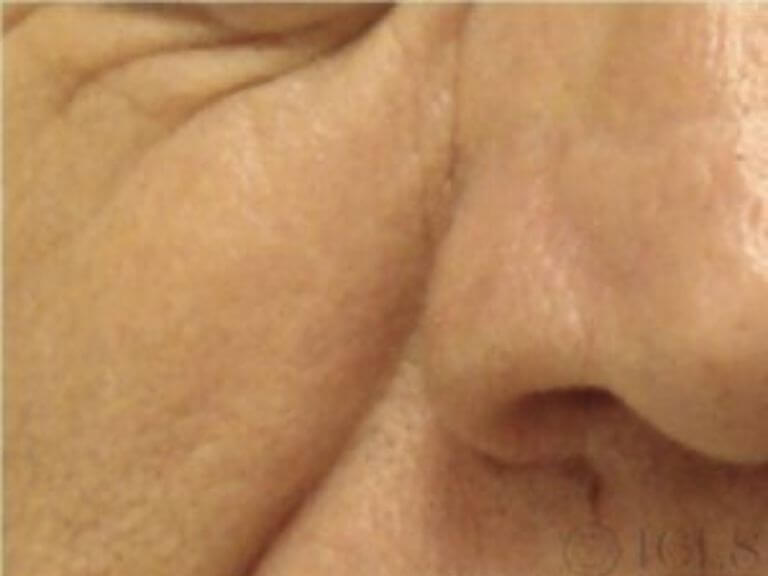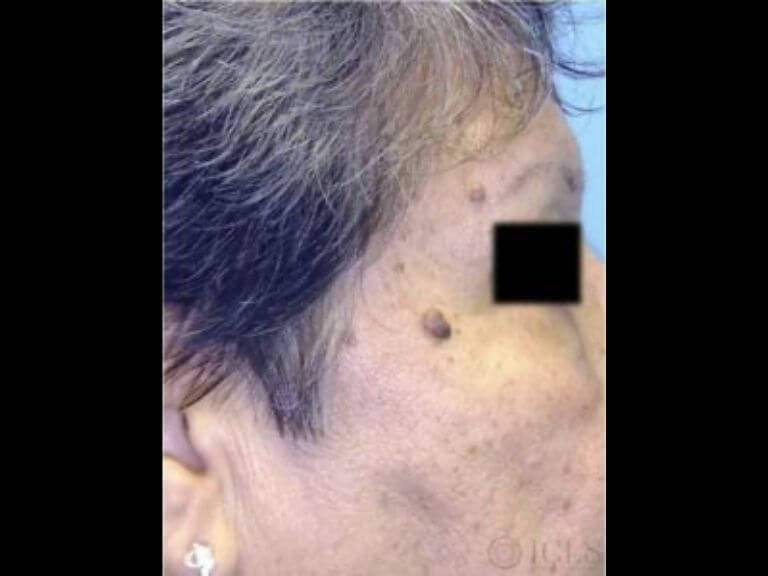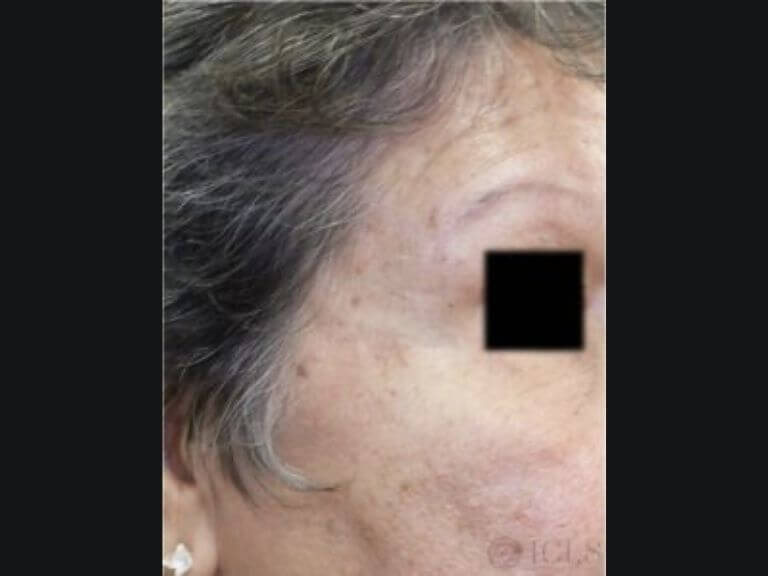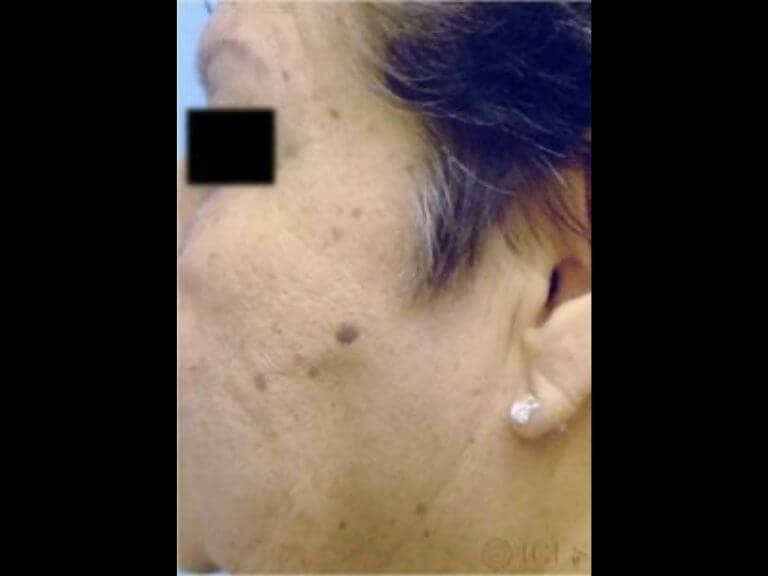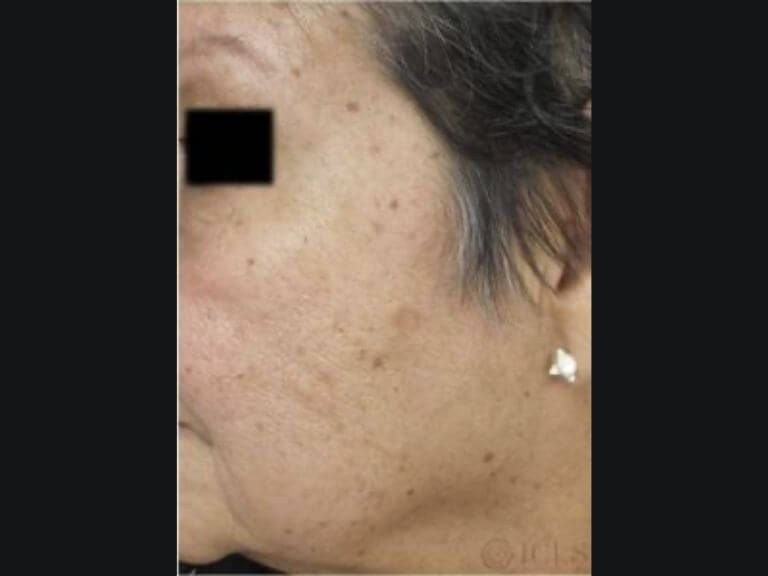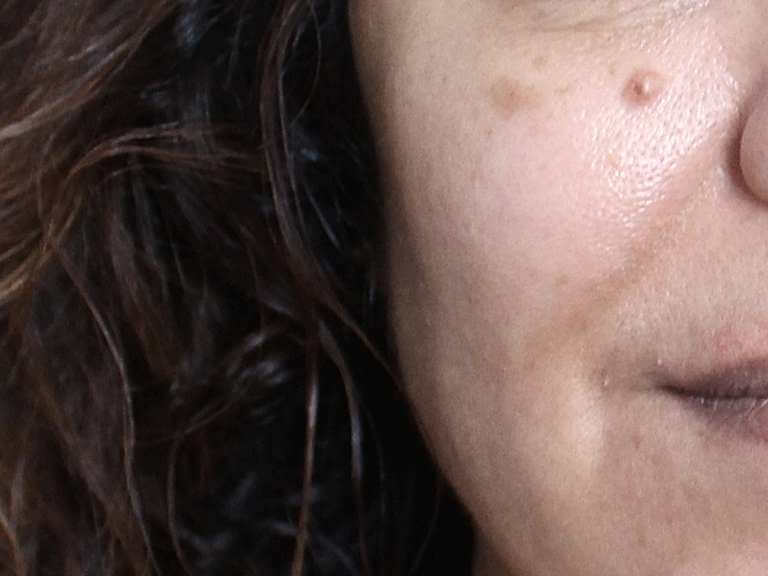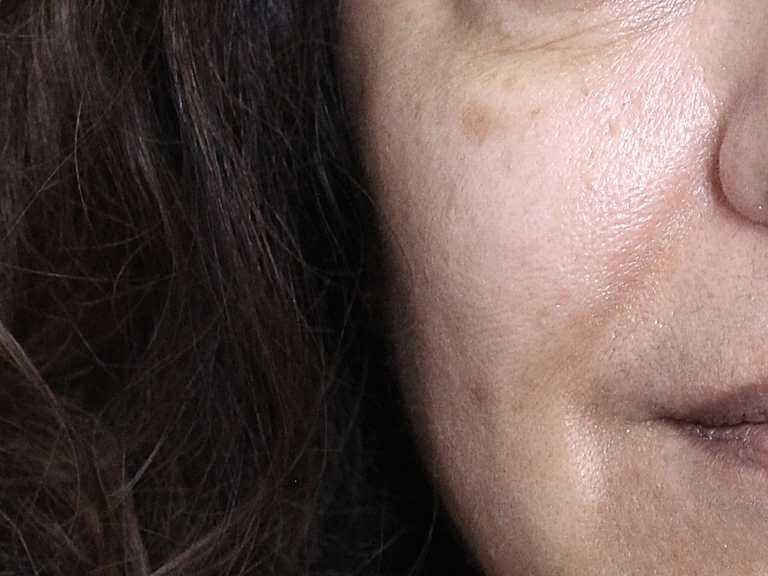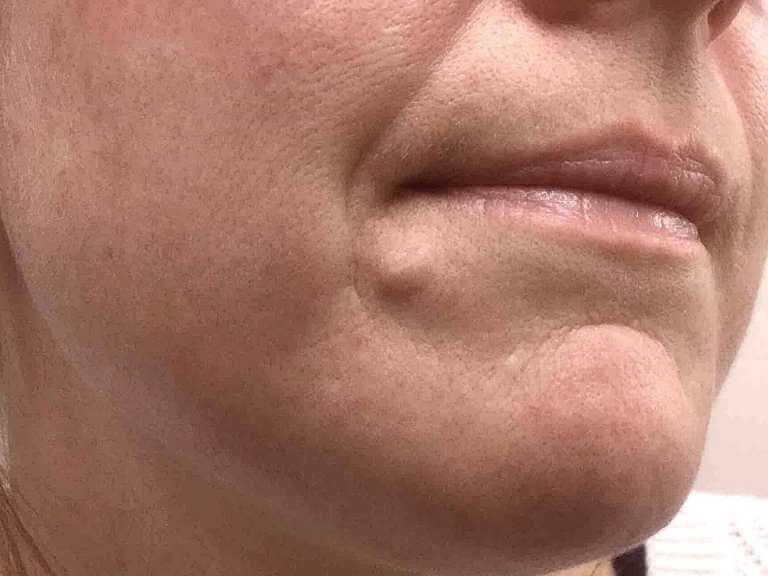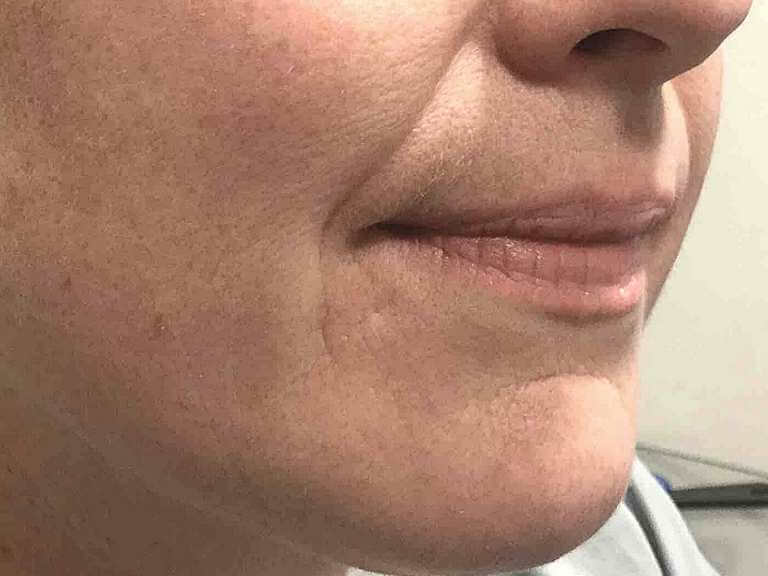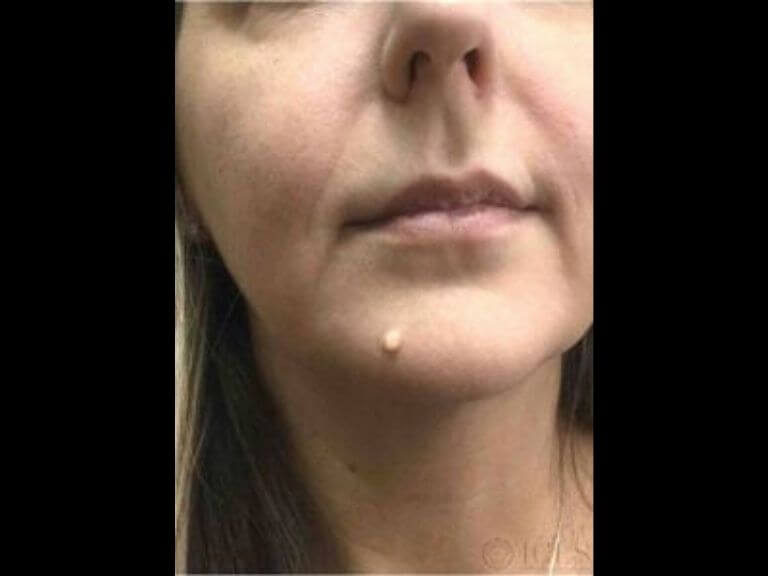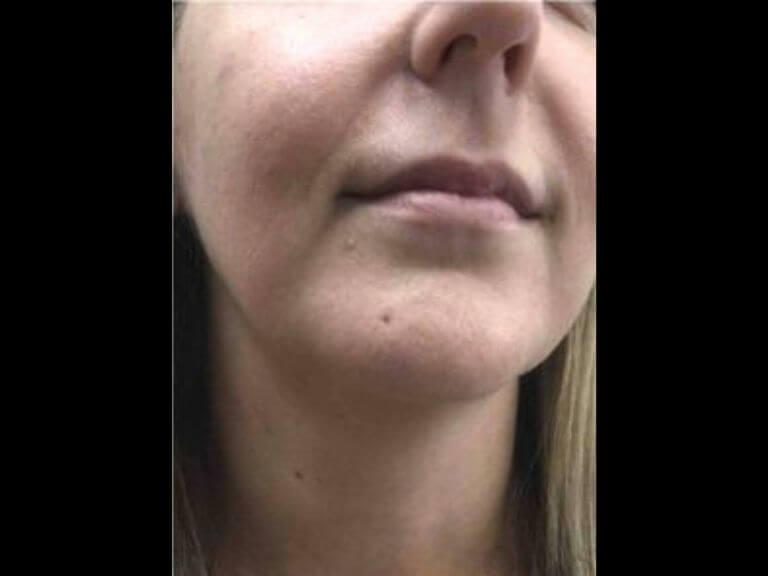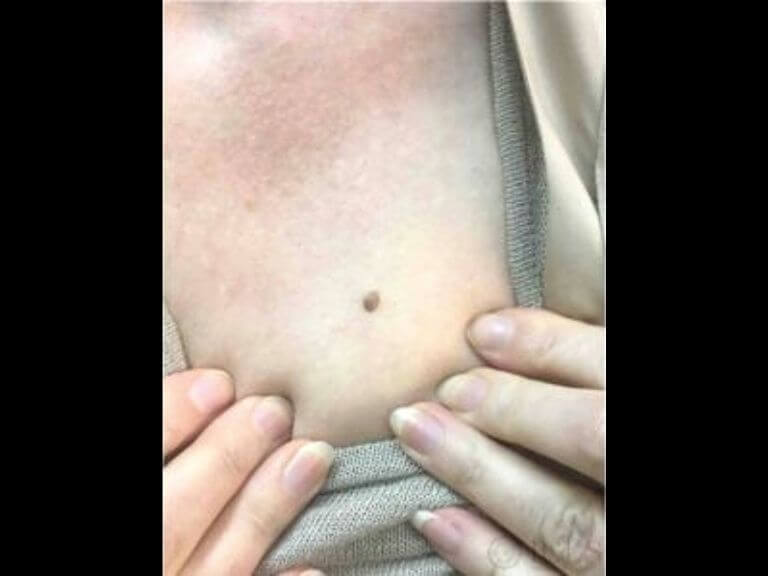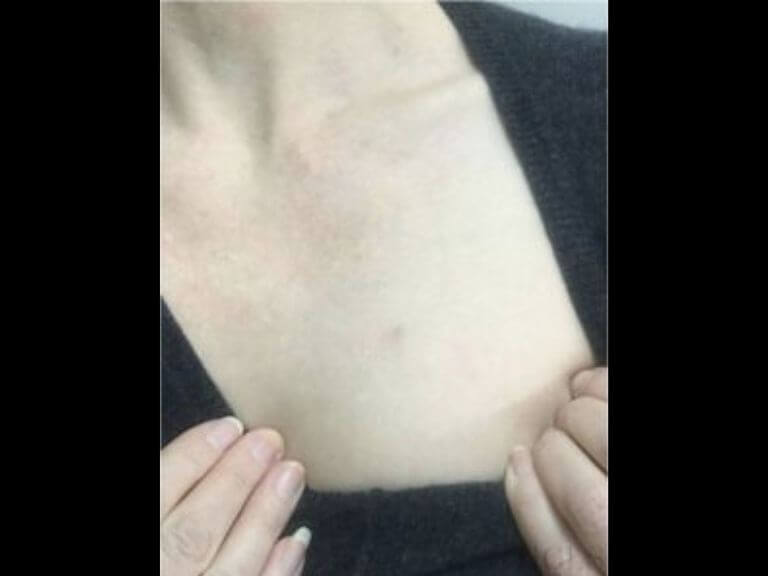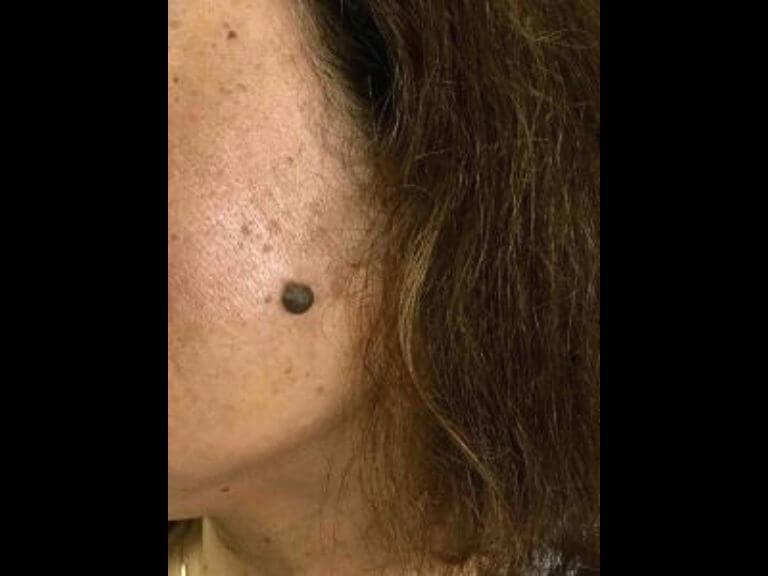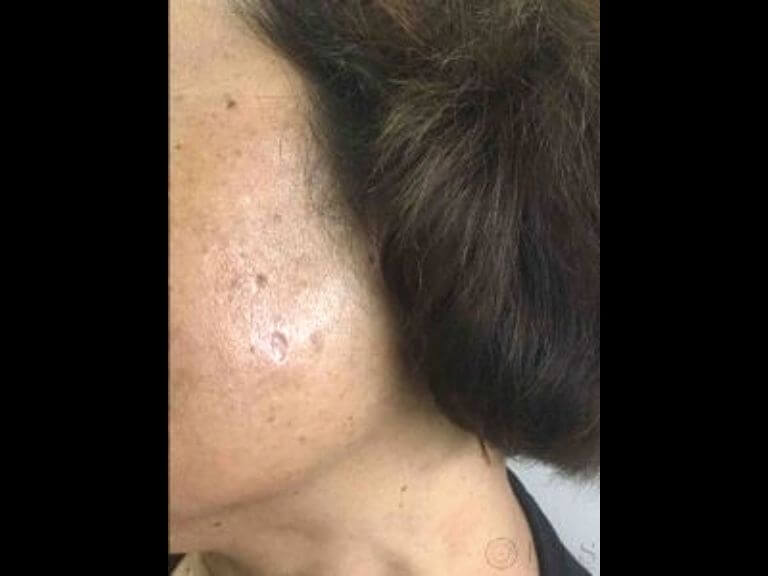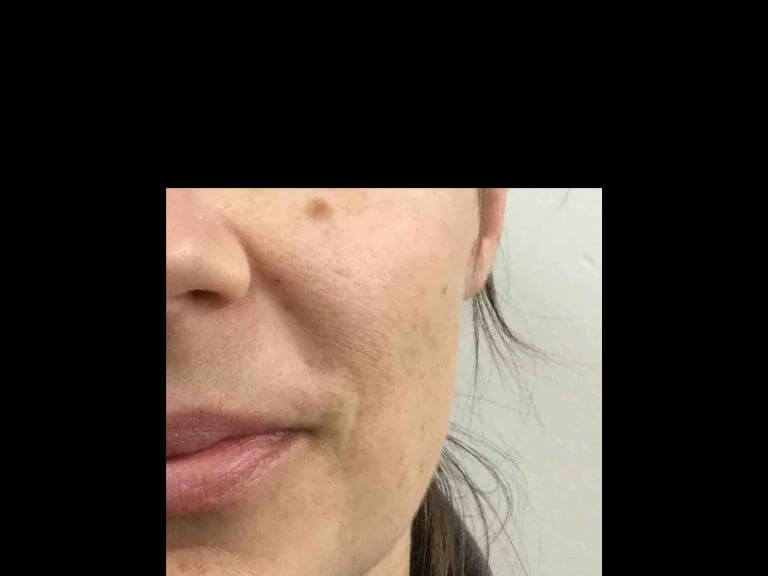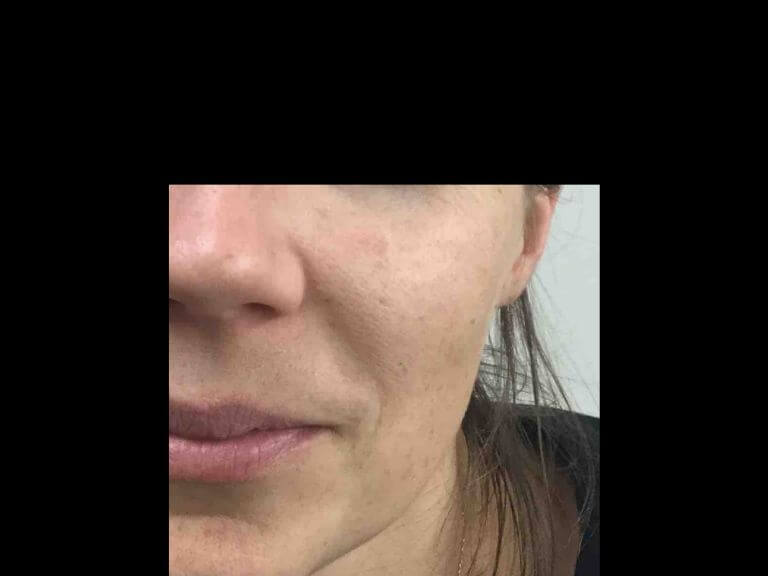Mole Removal Procedure in Oakville, Ontario
 Concern
Concern Moles come in a variety of shapes, sizes and colours, and can be found anywhere on the body. Most moles are benign or non-cancerous. They are formed when pigment cells, also known as melanocytes, grow in clusters. Over time, sun exposure can cause new moles to form. Family or genetic history also plays a role in the development of moles.
The most appropriate removal technique depends upon the type, colour, and location of the mole itself. Moles can be removed using a variety of methods, from surgical removal to laser removal. Most moles respond well to a procedure called a “shave” technique, where a small amount of local anaesthetic is injected and then the mole is simply shaved off. There are no sutures required for this surgical removal since an application of aluminum chloride will immediately stop any bleeding.
If the patient is interested in lightening and flattening moles, ICLS offers the Nd:Yag laser as an effective non-surgical treatment.
ICLS was one of the first clinics to adopt the Fotofinder Mole Mapping. The Fotofinder Mole Mapping computerizes the method of analyzing moles for a more efficient method of cancer detection.
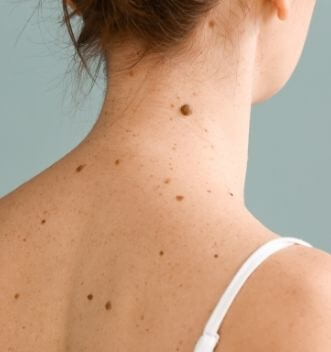
Before and After
Photos are for educational purposes only.
Featured Video
Frequently Asked Questions
-
How do I know if a mole is dangerous?
Moles are often considered benign when a pigmented lesion shows an even colour and even border. When assessing moles on your own, a few key factors are ABCD – A for Asymmetry; B for Border; C for Colour; D for Diameter; and E for Evolving.
-
Is mole removal painful?
Many of our patients are excited to learn that mole removal is relatively painless, with little discomfort during or after the procedure. Lidocaine and topical creams are great at reducing discomfort during the procedure and over-the-counter medications make your recovery comfortable as well.
-
Will my mole come back if I have it removed?
When we remove a mole by cutting it out and closing with stitches, it should not return. When a part of the mole is shaved off, it is less likely to come back as well. At ICLS Dermatology and Plastic Surgery, our patient’s health and safety are our utmost importance, this is why we always send the removed mole away to be tested by the lab to ensure there is nothing cancerous about the lesion.
-
What does it cost to have a mole removed?
The cost of mole removal can vary depending on the method used and the number of moles being treated:
- Mole Shave Removal: This method typically costs between $575 and $3,000, depending on how many moles are being removed.
- Mole Excision Removal: The cost for this more involved procedure starts at $950 and can go up to $3,000 or more, depending on the number of moles and the complexity of the excision. HST may apply in some cases.
For an accurate estimate tailored to your specific situation, it is best to consult with your doctor, who can provide a personalized quote based on the number of moles and the procedure required.

